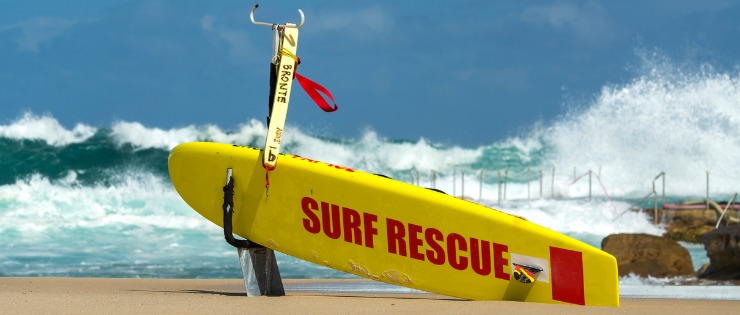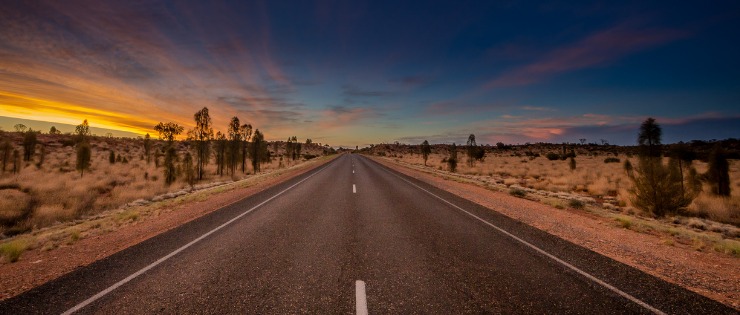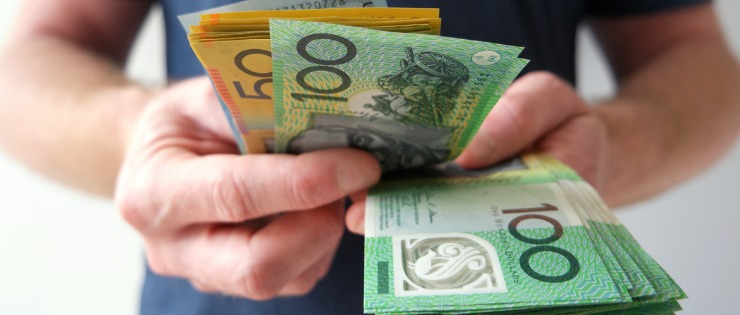
There’s no doubt Australia is the lucky country. Thousands of people visit or move permanently to Australia each month for good reason.
The multicultural melting pot of Australia makes it welcoming for people of all nations. Whatever nation you are coming from, there is plenty to research and organise when you are considering the big move.
Should I Move to Australia?
Wondering if Australia is right for you? There are so many reasons people want to make the move down under. For students, it’s the world-class education system, young singles like the freedom and active lifestyle while a young families are drawn to the safe and stable environment. Thousands of people move to Australia every year following family members who have already settled here.
Australian capital cities feature prominently in lists comparing the world’s most livable cities. In 2018, Adelaide, Sydney and Melbourne all made the top ten (Brisbane and Perth also made the top 30). If you appreciate a high standard of living, clean air and an outdoor lifestyle near the coast then moving to Australia makes sense!
Moving to Australia Checklist
Knowing what you do and don’t need to move to Australia can be a minefield. There are government regulations you need to comply with, products and services you need to source, a place to live and activities to make the most of your leisure time.
Below are 10 important points to put on your checklist before moving to Australia. From information on insurance & safety to the weather, we’ve got you covered.
#1 Mobile Phone
One of the first things you are going to need when you arrive is access to a phone. If you are using your phone from your home country, be sure to check if it has roaming available and what the data charges are so there are no nasty surprises with the first bill. If your phone isn't locked to the network in your home country, you could buy a SIM card from a supermarket, petrol station or post office when you arrive.
Australia has plenty of mobile phone carriers to choose from. Find a plan that has the right mix of national, international calls, SMS and data. Most are advertised as monthly costs and a minimum total cost over 12 or 24 months.
If you are planning to travel to regional areas, Telstra gives you the best coverage. You can check out the coverage across Australia on these three maps for Telstra, Optus and Vodafone.
#2 Visas Required
Depending on where you are travelling from and the purpose of your trip to Australia, you may need a visa to enter the country.
A visitor visa is suitable for visiting family or friends, studying for up to three months or engaging in business. An Electronic Travel Authority lets you visit Australia as often as you like for during a 12-month period, staying for up to three months at a time. An eVisitor is available to people with certain passports and allows them to visit Australia as often as they like during a 12-month period for up to three months duration.
Special visas for New Zealand citizens and medical treatment visas are also available.
#3 Working in Australia
If you are coming to Australia to work, study or live there are requirements you need to meet.
There are a number of visas you can apply for if you are qualified to work or train in an eligible skilled occupation. Two of these visas include the Employer Nomination Scheme (ENS) and the Temporary Skilled Shortage (TSS) visa.

If you are planning to work while traveling and you’re aged between 18 and 30 years, you can apply for a Working Holiday visa (subclass 417). You must not have a dependent child accompany you during your stay, hold a passport from an eligible country and apply for your first working holiday visa when you are outside Australia. You can work for the same employer for up to six months. You can apply for a second working visa if you complete at least three months’ work in regional Australia.
#4 Superannuation
Australian workers save for retirement through compulsory superannuation. Employers are legally required to pay an additional 9.5% of every employee’s salary into a superannuation account at least quarterly. The funds are not available until the employee reaches retirement age.
Superannuation must be paid to anyone who earns more than $450 per month from an employer whether they are permanent, casual, citizen or non-resident. The Australian Taxation Office deducts 15% tax on all contributions. If you permanently leave Australia, you can claim to withdraw your super as a Departing Australia Superannuation Payment (DASP). A further 35% tax is charged at the time of withdrawal.
#5 Visitor Insurance
Overseas visitor insurance is a requirement of some visas for staying in Australia. The Department of Home Affairs may require that you show evidence of adequate health insurance for the time you are in Australia with a Visa Compliance Letter. Not all health insurance policies provide the right level of cover so make sure you purchase the correct policy.
Visitor cover gives you peace of mind that you won’t have to pay the full cost of medical expenses in case of an emergency.
Even if you are a citizen of a country that has a reciprocal health care arrangement with Australia, you may still need visitor insurance.
#6 Medicare Reciprocal Arrangements
Australia has one of the best medical systems in the world. But if you need treatment in an Australian public hospital as an overseas visitor, you could be charged more than $1,000 per day.

Medicare covers Australian citizens and some visitors for some medical services, free care in public hospitals and subsidised prescription medications. Medicare is available through reciprocal arrangements to visitors of 11 countries including Belgium, Finland, Italy, Malta, the Netherlands, New Zealand, Norway, the Republic of Ireland, Slovenia, Sweden and The United Kingdom.
The Reciprocal Health Care Arrangements (RHCA) covers emergency care and treatment for an injury or illness that can’t wait until the traveler returns home. All travelers still need travel health insurance.
#7 Stay Safe on Australia’s Famous Beaches
Australia is known worldwide for its beautiful beaches. Our most famous, Bondi beach in Sydney, is the stage for a long-running TV series, Bondi Rescue. The stars of the show are the lifeguards that protect beachgoers. Unfortunately, most of their patients are overseas visitors who don’t realise the dangers Australian beaches pose.
Beaches around Australia claim the lives of numerous overseas visitors and migrants every year. If you weren’t exposed to beach swimming as a child and young adult, you may not have the skills to read the surf and get back to shore in difficult conditions.

Read any warning signs at the entrance of the beach. If the beach is patrolled by lifeguards, there will be red and yellow flags showing where it’s safe to swim. Not all beaches are patrolled, so exercise caution. If you are thinking of going for a swim, rock fishing or diving in an unpatrolled area, ask a local about the conditions. Some beaches are safer than others so find one that matches your ability. By far the safest option is to always swim between the flags at a patrolled beach.
Alcohol is one of the biggest risk factors when swimming at the beach. At least 20% of adult drownings in Australia are contributed to by alcohol, according to Royal Life Saving Australia. If you are already a weak swimmer, drinking then swimming could be a fatal mistake. It’s best to completely avoid mixing alcohol and any recreational activity on or around the water.
#8 Road Trips Around a Big Brown Land
If you love driving on the open road, we have good news. Australia is a big country, ranking as the sixth largest in the world. To see even a small amount of Australia’s seven million square kilometres, you need to take a long drive. Australia has some iconic road trips such as the Great Ocean Road on the southern coast of Victoria, the Great Central Road to see Uluru and the Savannah Way across the top of Australia to name a few.

Looking at a map it’s hard to appreciate just how big Australia is. Visitors need to remember the wide brown land dwarfs Europe on land mass. For anyone wanting to drive the big lap or criss cross your way across the country you will need months not weeks to complete it.
While Australian road trips are rewarding with amazing landscapes to take in, but much of it is inhospitable. Everything from the isolated tracks, harsh weather conditions, sparse population, even the deadly wildlife makes Australia a risky country to travel through. Ensure you have adequate food, water and petrol at all times. There are large tracts of Australia that has no mobile coverage so you may need a Personal Locator Beacon (PLB), particularly if you are in a vehicle that may be unreliable in the outback.
#9 What you can Expect from the Weather
Many migrants - especially those from the UK - will tell you that the main reason they moved to Australia is for the weather. The seasons in Australia are opposite to the northern hemisphere with summer between December and February, autumn March to May, winter is June to August and spring September to November. The southern parts of Australia experience clearly defined summer and winter while the far north is hot all year round and divided into tropical weather patterns of wet and dry seasons.
For details of the forecast around Australia for the week ahead, visit the Bureau of Meteorology, also known as the BOM. Australia’s long sunny days make for an enviable lifestyle however it’s also the reason why Australia has the highest incidents of skin cancer in the world. Take notice of UV levels and times of the day that sun protection is recommended when you look at the weather forecast in Australia. Even on a cloudy overcast day, you are still at risk of sunburn. Take care if the UV index is 3 and above. There is also a free SunSmart app available for download on your phone.
#10 The Money is Different (And The Notes Are Plastic)
Australia’s currency is Australian Dollars (AUD). Note denominations include $5, $10, $20, $50 and $100. Coins come in $2, $1, 50, 20, 10, and 5 cents.

Australia does not have any limits on the amount of cash that can be taken in and out of the country.
But, if you are bringing more than $10,000 cash in Australian dollars or the equivalent in foreign currency, you must declare it on arrival to Australian Government AUSTRAC. Your incoming Passenger Card is where you declare your cash. Besides cash, you can carry cheques, travelers cheques, money orders, and bearer bonds in and out of Australia.
For more information on insurance for visitors take a look at our visitor insurance page.